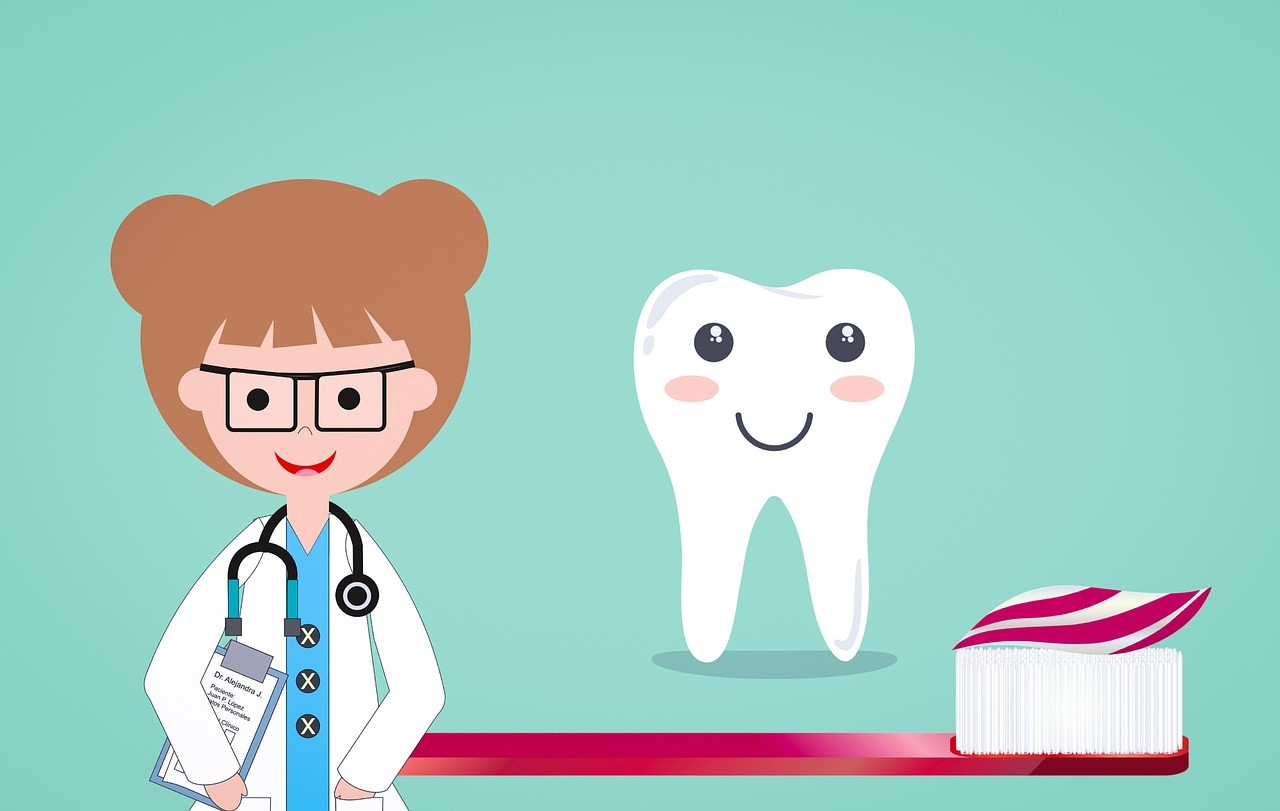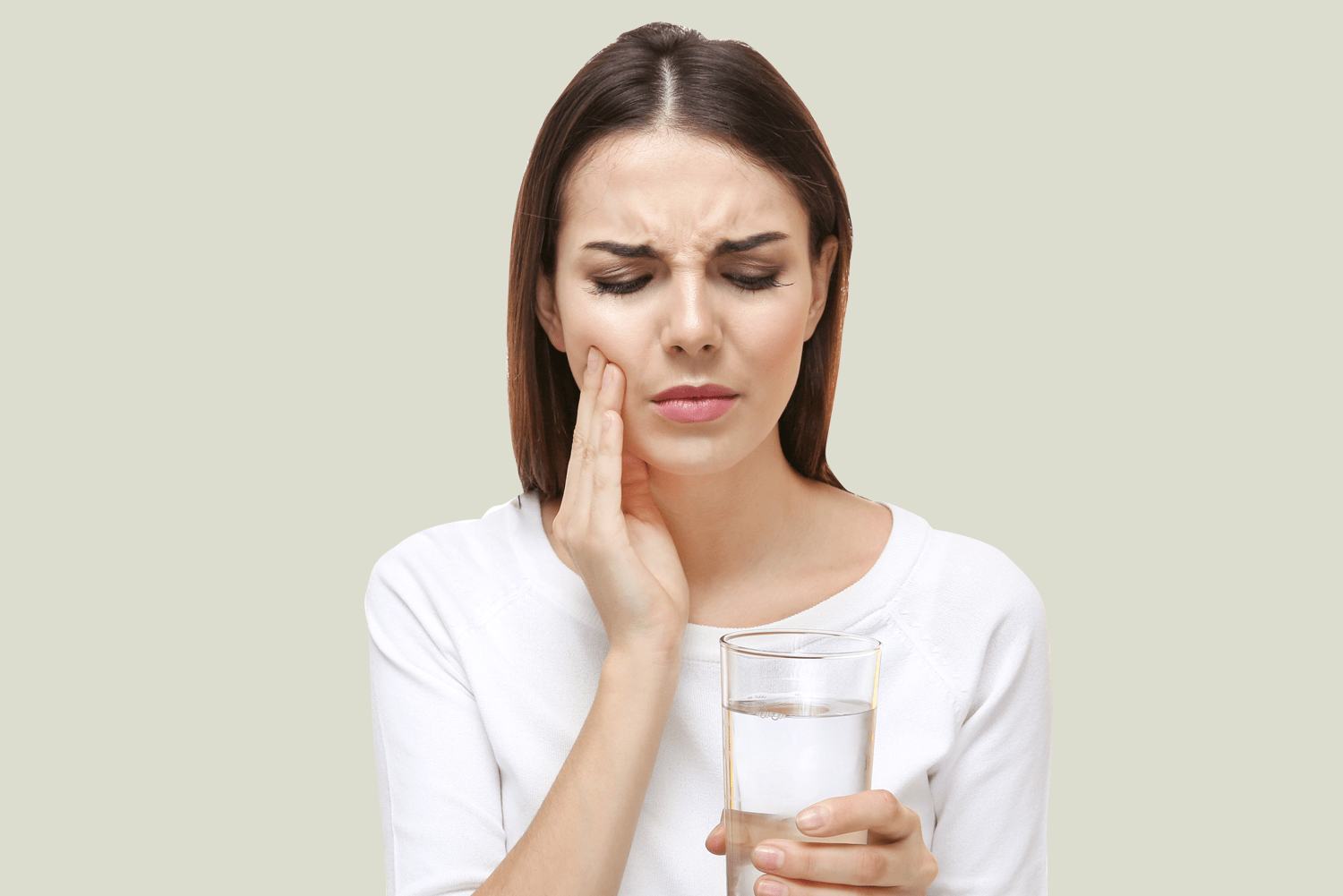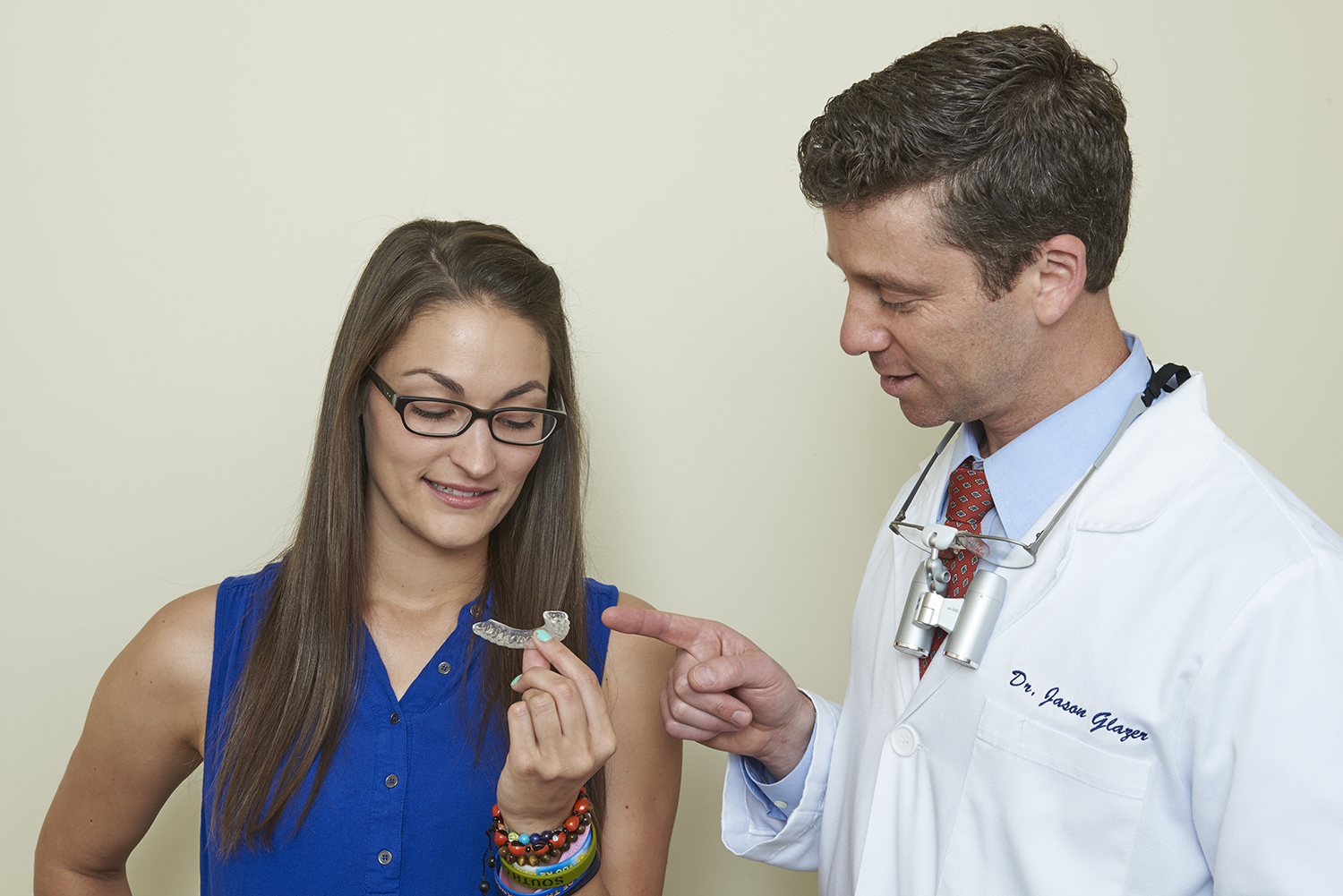
The Ultimate Guide to Teeth Whitening
Without a doubt, teeth whitening procedures are here to stay. With articles like “6 Reasons to Be Addicted to Teeth Whitening” and “10 Reasons Teeth Whitening is Going to Be Big in [year]” appearing across the internet, it is no wonder why people are gravitating toward this practical and affordable solution. After all, most Americans will report their teeth could be a bit whiter. Eating the wrong foods that are high sugar or simple carbohydrates, drinking coffee, teas, red wine, and smoking are the most common reasons teeth begin to yellow, but there are more. Poor oral hygiene, genetics, and certain medications can dramatically change the color of teeth. It seems like yellow teeth are unavoidable. And in the age of accepting people for who they are, one may ask “Is teeth whitening still relevant?” The answer is yes. If the color of your teeth make you feel self-conscious, less than confident, or unclean, then change it. Teeth whitening is for you, not for the world.
Teeth Whitening: Expectations vs. Reality
How white your teeth become and how well they maintain their whiteness depends on the whitening method used. Each has its benefits, and there is not a universally best whitening option. It really comes down to tooth sensitivity, whitening level desired, and maintenance.
DIY Tooth Whitening
Certainly the biggest of the ten secrets about teeth whitening only a handful of people know is that you can whiten your teeth at home without a kit or dentist. The primary ingredient in most whitening products is peroxide, which acts as a bleaching agent, removing color from the enamel of the teeth. Peroxide is available to everyone as the antiseptic, Hydrogen Peroxide. When combined with baking soda to form a paste, it shows positive whitening results. The DIY whitening option is less likely to cause any tooth sensitivity then prescription agents, but will also have decreased whitening power.
To try DIY whitening, just mix 1 tablespoon of baking soda with 2 tablespoons of hydrogen peroxide, creating a paste. Use this paste to brush your teeth, then rinse thoroughly. The paste will taste rather salty and will feel gritty on the teeth. If you use this paste 1-2 times daily for up to 6 weeks, you should expect to see positive results. It is recommended to not exceed 6 weeks, as the paste can begin to break down the tooth enamel, causing sensitivity and weakness in the tooth.
At-Home Bleaching Kits
Drug Store Bleaching kits can be purchased at any drug store and appear in many forms, from gels to trays to strips. They can be worn for minutes or hours, taking a varied amount of time to show results. You have to read the fine print to see how effective it will be and how it will affect your tooth sensitivity.
The kits sold in dental offices, including Glazer Dental, are more effective than the drug store versions both in speed and whitening power. Patients have commented on how pleased they are with the results, particularly when they have experienced the limited results of drug store brands. Impressions are taken of your teeth and custom trays are made for your mouth. This allows us to use a higher concentration of the bleaching agent without irritating the gums. Results are seen within 2-3 weeks.
Five Common Mistakes Everyone Makes Teeth Whitening
- Avoid Staining Foods: During whitening, your teeth are even more prone to staining. On the days you are bleaching avoid foods that stain such as wine, coffee, and ketchup.
- Use Sensitive Toothpaste: Whitening can make the teeth more sensitive during the whitening process. By changing to a toothpaste that focuses on sensitivity, you reduce your potential for pain and discomfort.
- Be Honest With Your Dentist and Yourself: Everyone wants bright teeth, but if you already have sensitive teeth, you are not the best candidate for the at-home whitening kits. Have a discussion with your dentist to determine, based on your susceptibility to sensitivity, if the sensitivity should be addressed before the whitening treatment is started.
- Understand It Won’t Last Forever: Unfortunately, tooth whitening is not a permanent solution. It often requires re-whitening to maintain the best results. As the months go by, you may want to “touch up” the whiteness by using the bleaching agent for a day or two.
- Don’t Over-Whiten: Even though whitening doesn’t last forever, over-whitening is not a viable option. The more you whiten, the more enamel is worn from your teeth and the higher chance of future staining, tooth sensitivity, and cavities.
If you’d like to make an appointment at our Durham CT office, call us today and we can work with you to find the best whitening solution.






